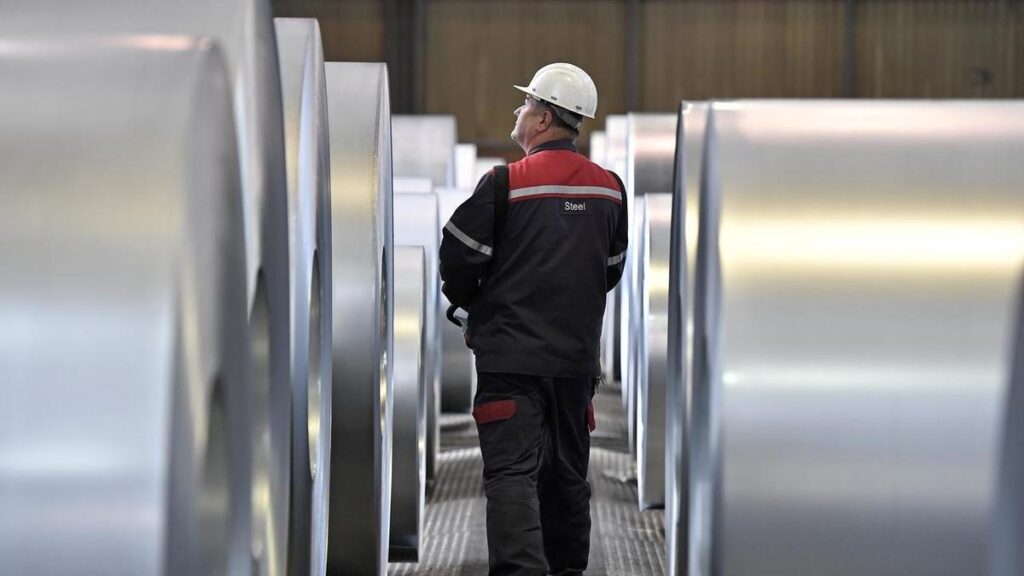
UPDATE: The European Commission has just announced a dramatic shift in trade policy, proposing to cut tariff-free steel import quotas by nearly 50%. This urgent measure comes as EU steel producers struggle, operating at just 67% of their capacity due to surging imports and U.S. tariffs.
Effective immediately, this plan aims to safeguard jobs and bolster the EU steel industry by reducing the annual tariff-free import volume to 18.3 metric tons. This marks a 47% reduction from the quotas set for 2024. Additionally, the Commission will impose a hefty 50% duty on excess shipments, aligning with practices in Canada and the United States.
The stakes are high. According to Axel Eggert, director general of Eurofer, this initiative is vital to cut imports to a mere 15% market share, potentially saving hundreds of thousands of jobs across the sector. The EU has been grappling with increasing steel imports, which have consistently risen despite declining demand. The current protective measures, which cap imports of 26 steel grades, will expire by mid-2026 under World Trade Organization (WTO) rules.
This announcement also requires importers to provide proof of the origin of their steel, a move designed to ensure compliance and traceability. The Commission’s proposal is set to face scrutiny and must be approved by both EU governments and the European Parliament.
As the situation develops, UK Steel has raised concerns about the implications for trade between the UK and the EU. Industry Minister Chris McDonald emphasized the urgency of protecting trade flows, stating, “It’s vital we protect trade flows between the UK and EU and we will work with our closest allies to address global challenges rather than adding to our industries’ woes.”
The new quota system may pave the way for negotiations with the United States to replace the current 50% U.S. tariffs with a more collaborative quota system, as outlined in the recent US-EU deal. This could further reshape the landscape of steel manufacturing and trade in the coming months.
The top steel exporters to the EU in 2024 included Turkey, India, South Korea, Vietnam, China, Taiwan, and Ukraine. The EU is looking to cooperate with like-minded partners to address the ongoing overcapacity issue, particularly regarding production from China.
As this situation unfolds, stakeholders in the steel industry and related sectors are urged to stay informed about the implications of these new measures. The outcome may significantly affect the future of steel production and employment in Europe.





